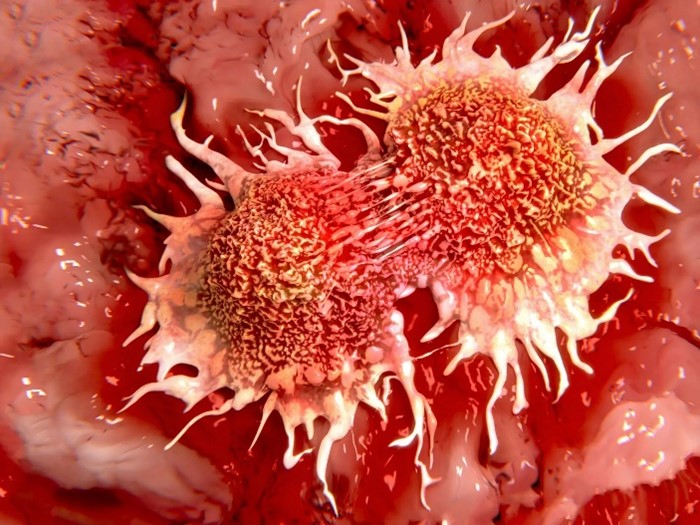High-energy radiation is used to destroy cancer cells in radiotherapy, followed by a treatment plan to minimize the effects of radiation on healthy tissues. It is impossible to predict the immediate effects of treatment (including potential side effects) as each individual is different, and cancer treatment varies.
Associate Professor Teemu Mullyä, from the University of Oulu, Finland, said, “Cancer therapies produce extensive changes in the physiological and morphological properties of tissues, which are also dependent on the individual.”
At Oulu University Hospital, researchers are working to alter cancer treatment by centering it around the patient. In a study published in the Journal of Biomedical Optics (JBO), they report formulating a method to measure specific patients’ biological responses to therapy, allowing them to assess real-time radiotherapy patient effects.
Using a functional Near-Infrared Spectroscopy (fNIRS) device, researchers were able to measure changes in the amount of hemoglobin in the brain while the patient underwent whole-brain radiotherapy using a linear accelerator.
Since hemoglobin levels are a valuable indicator of changes in blood volume and radiotherapy changes blood circulation, fNIRS helps provide insights into the immediate effects of radiation. Blood circulation in the tissues was measured in ten patients via tissue oxygenation.
Mullyä said, “This is the first time human cerebral hemodynamics and cerebral tissue oxygenation changes have been measured during irradiation in clinical radiotherapy. The instantaneous measurement of tissue oxygenation levels during radiotherapy is especially helpful in cases of tumor hypoxia, which is when the oxygen levels in a tumor are low due to certain conditions. Such tumors are particularly resistant to radiotherapy. By instantly measuring tissue oxygenation levels, our proposed method can be used to assess the effectiveness of cancer treatment. This can eventually enable physicians tailor radiation doses to optimize treatment and improve outcomes for their patients.”
In the future, the researchers will apply their technique to more patients, helping to advance personalized cancer treatment.
_______________________
RadParts, a TTG Imaging Solutions Company, is the world’s largest independent distributor of OEM replacement parts. We specialize in low-cost parts for repairing linear accelerators and radiation equipment. Our mission is to provide high-quality, user-friendly, low-cost components and support for linear accelerators and radiation equipment. Contact RadParts at 877-704-3838 to learn more.
Written by the digital marketing team at Creative Programs & Systems: https://www.cpsmi.com/
